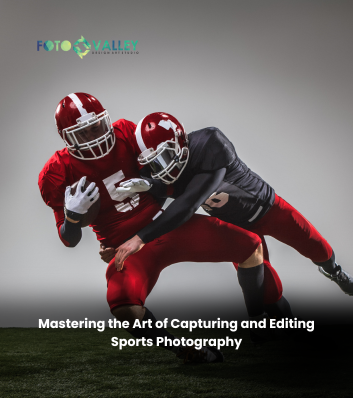Posted by Zara Jones | 30 November 2023
Elevate your game! Dive into the world of sports photography with Fotovalley. Capture the passion and intensity effortlessly. Sports photography is a thrilling genre where you can shoot emotion, athleticism,...
224 LikesComments Off on Mastering the Art of Capturing and Editing Sports Photography
Continue Reading